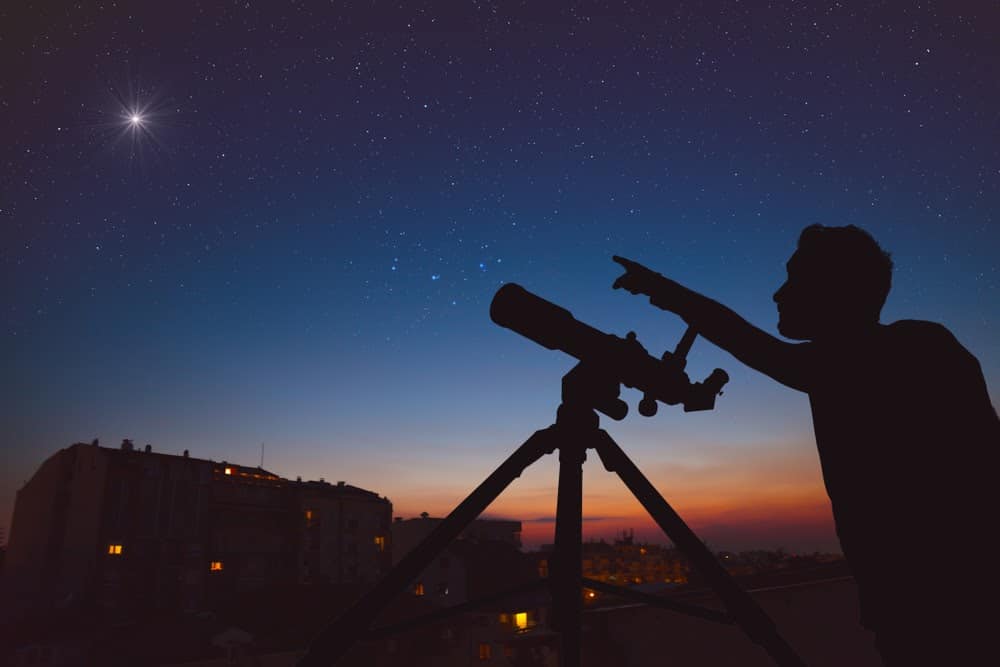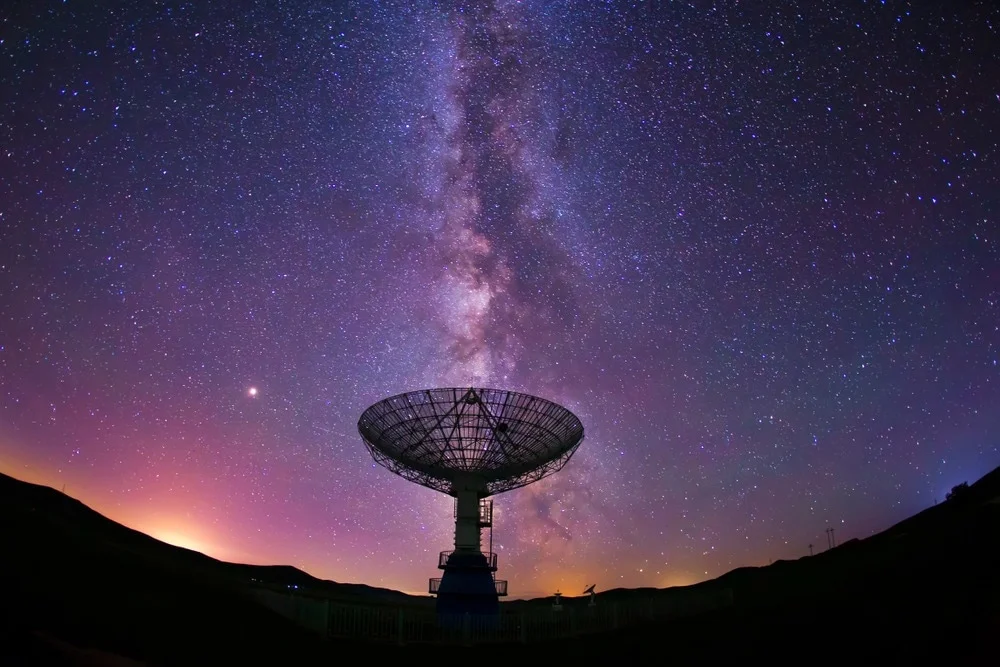Discovering several thousand planets beyond the solar system or exoplanets is a eureka moment for humans. In just twenty years of exploration, space-based and ground observations have turned up above 4,100 confirmed exoplanets in only some parts of the galaxy we searched until now. If you add unconfirmed planetary candidates, this number jumps to cross 9,000.
But the biggest payoff would be capturing evidence of a world, some light-years far away, hospitable to life. To find a planet like Earth, astronomers need to look for habitable zones around stars, and these habitable zones should not be too cold or too hot for liquid water to be present on the surface. But do they exist?
What are Astronomers Looking For?

An astronomer begins the hunt on the familiar ground because, on this planet, the only example of the life-bearing world, the requirement for water is imperishable. So, astronomers are looking for cosmos with similar environments. Near almost every typical star, like the sun, a band of possible habitability can be drawn – the correct temperature and distance for liquid water to be present. The foundation is a planetary surface where water could pool. Both planets and stars come in several sizes and shapes, and the interplay of factors determines the influence and extent of this habitable zone.

The habitable zone of a hot-burning giant star would be present at a greater distance as compared to that of a cooler, smaller stellar dwarf. So, if astronomers stick to this plan, discovering a sun, and then small worlds at perfect distances with apt temperatures, they may find a planet with life as we currently know it. So the ideal candidate would be an Earth-sized and rocky world nestled comfortably in the habitable zone of the star through the understanding of scientists of what makes up the habitable zone continues to grow.
